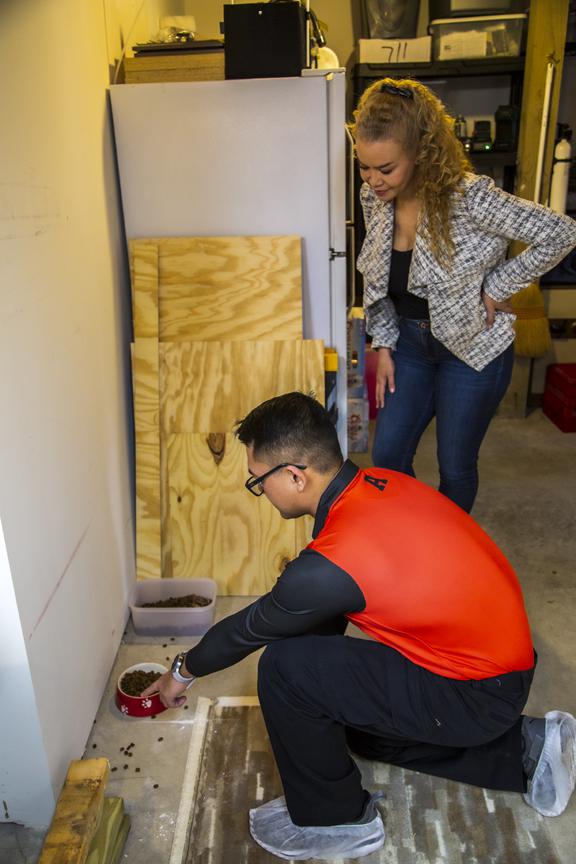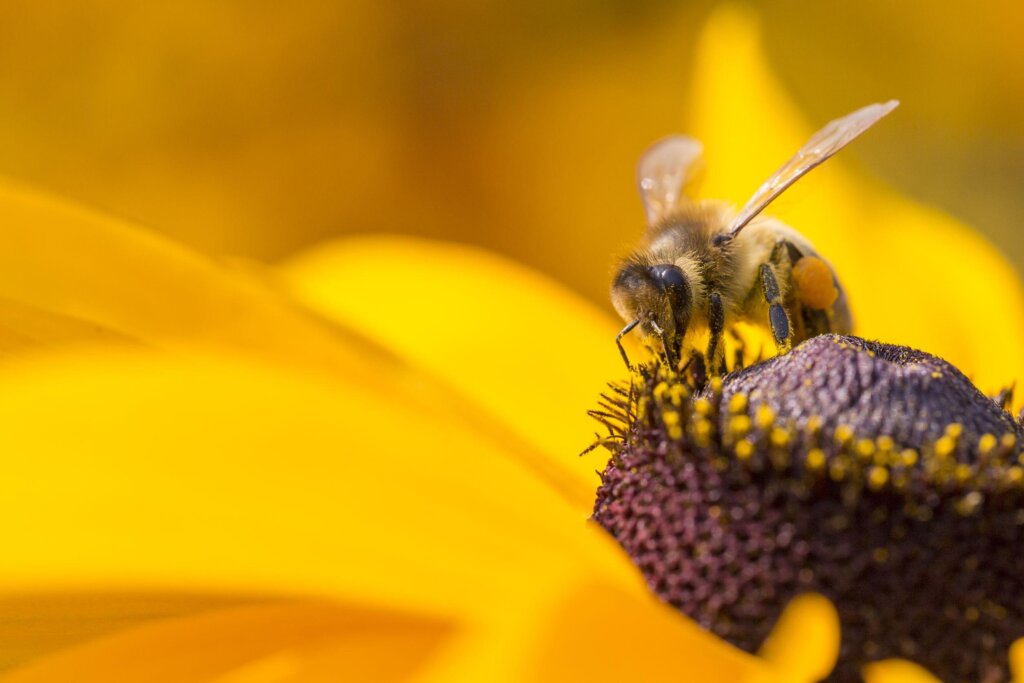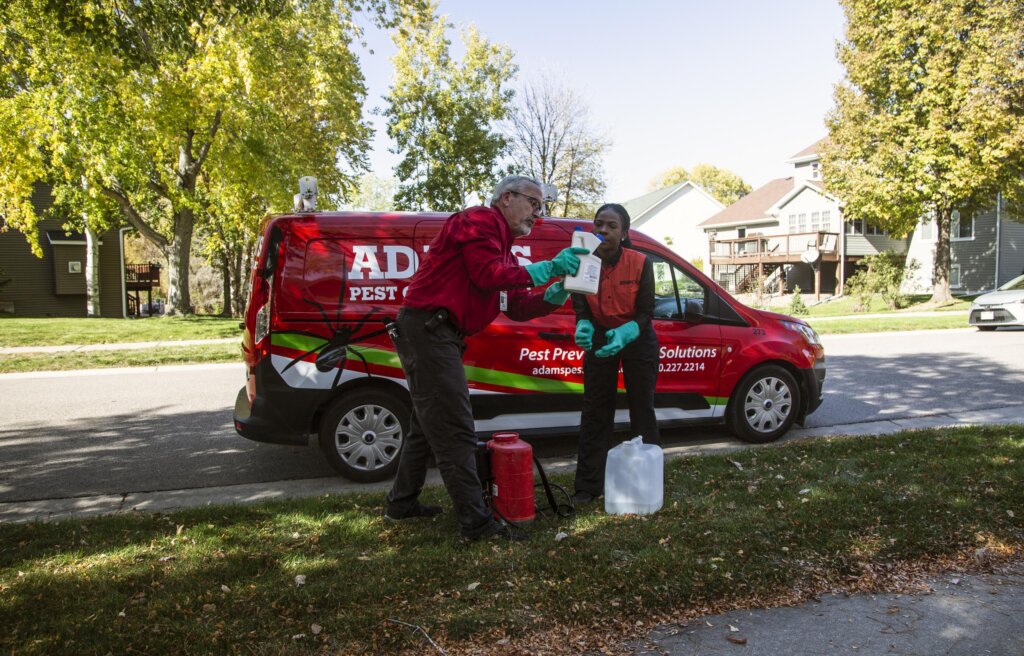
Our Environmental Approach
Integrated Pest Management
Adam’s Pest Control defines Integrated Pest Management as a multifaceted, ecological-based strategy that maximizes the use of non-chemical pest management techniques. These techniques include multiple practical methods to remove or reduce all food, water, and shelter available to pests; as well as sanitation, exclusion, and habitat modification. These methods may be followed by –if needed — mechanical control and where appropriate, judicious use of pest-specific chemical application.

A philosophy more than a specific action
As an overall philosophy, Integrated Pest Management (IPM) requires technicians to have greater knowledge and skills, requires a better decision-making process than otherwise would be used, and should ultimately reduce pesticides use. However, pesticide use still has a place in the IPM process.
Integrated Pest Management also requires a partnership between Adam’s and the customer. Cooperation is required in the areas of customer pest sighting procedures, record keeping, good sanitation, hygiene, and exclusion tactics.
Example: Customer reports fruit flies.
One of the first steps in Integrated Pest Management is the accurate identification of the target pest. Through experience, Adam’s knows that drain flies are often misidentified as fruit flies. Therefore, Adam’s technician carefully inspects the situation and is able to correctly identify the pest as drain flies. Correct identification of the pest is critical to success because the treatment for fruit flies is different from the treatment for drain flies. Adam’s extensive knowledge and ongoing training on the biology and habits of pests enable Adam’s technician to use the best methods to control drain flies with the least impact on the environment. Communication and education assures the customer’s involvement in reducing the conditions that make possible drain fly infestations, such as proper sanitation of drains.

Adam’s Treatment Policy Regarding Pollinators
Adam’s Pest Control is a strong advocate for the protection of our environment, especially the importance of protecting pollinators. Therefore…
- Adam’s Pest Management Professionals do not apply pesticides to any blooming or flowering plants or trees, including weeds. Nor do they allow the pesticide to drift onto blooming plants adjacent to the target site.
- Adam’s does not use any systemic agricultural pesticides, including neonicotinoids, on any plants. This means plants and trees won’t absorb our products through their root systems.
- If honey bees nesting inside wall voids pose a health risk, Adam’s provides a list of local beekeepers the property owner may call to arrange for safe relocation of the bees.

The Materials We Use
Some pest concerns simply cannot be solved — or solved cost effectively — without using pesticides. But, the careless use of pesticides and other materials can create health and environmental concerns. In order to reduce the risk of drift and/or exposure, Adam’s technicians always carefully apply any chemical according to label directions and in a way that minimizes the risk to non-target organisms and the environment.
At Adams, even choosing which material to use is important. We prefer low-odor or no-odor, non-staining, and less toxic materials that are easy to mix and apply. We prefer baits and materials that are targeted to a specific pest.
